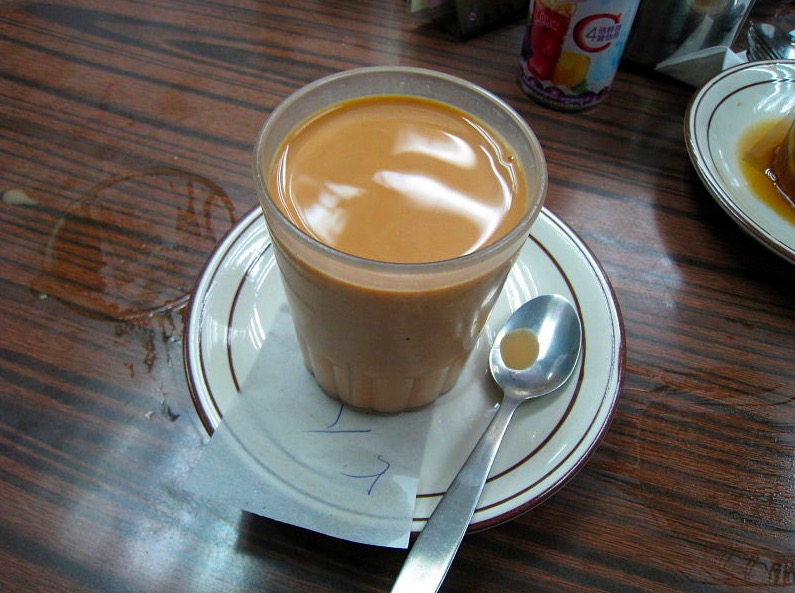The Fascinating Stories Behind 5 Iconic Hong Kong Food Items
Find out how some of Hong Kong's favorite foods came to be!
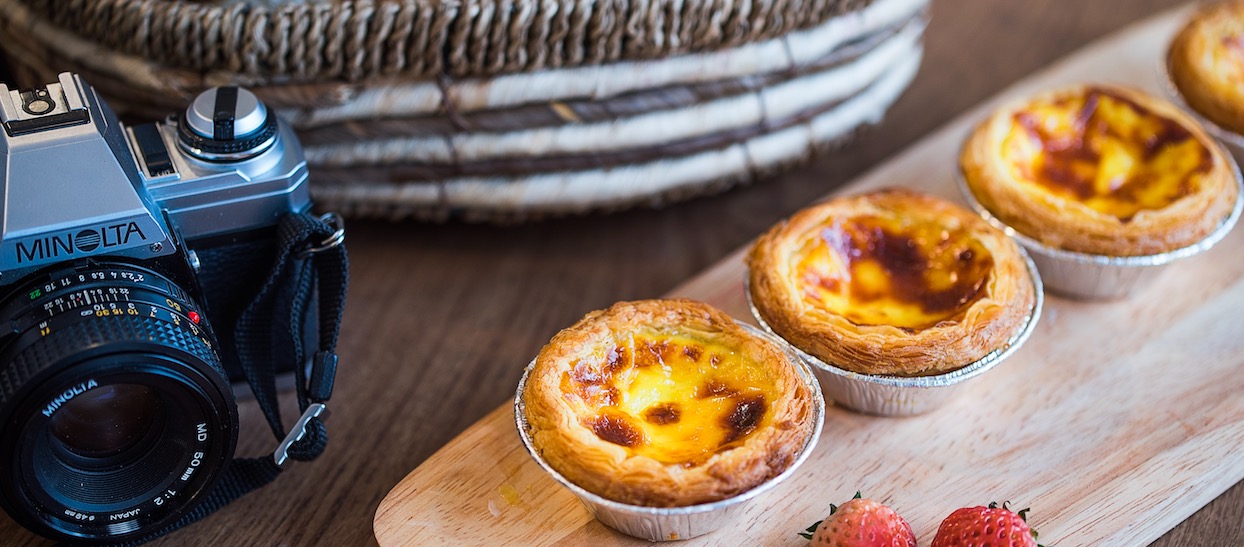
1. Egg Tarts
Can you truly say that you visited Hong Kong without trying an egg tart? This iconic yellow confectionary item is what happens when western and Chinese cultures merge together into one cohesive whole. Even the word for egg tart in Cantonese is a fusion word - daan taat. Daan is the Cantonese word for egg, while taat is a phonetic translation of the English word tart. Egg tarts first began to appear in Hong kong around the 1940s. It is believed much of the inspiration came from Macau, which was under Portuguese rule at the time. The original pastel de nata egg tart was served in cha chaan tengs (local Hong Kong restaurants) that specialized in western cuisine. The British also played their part by introducing cold custards to Hong Kongers. These influences were enough for bakers to create early versions of the egg tarts that have become a staple all over Hong Kong these days. With a flaky exterior crust that nestles a warm, gooey center, there's little wonder why this sweet, eggy treat is a favorite among Hong Kongers of all ages - including Chris Patten, Hong Kong's last British governor.

2. HK Breakfast
Hong Kong-style breakfast may look somewhat familiar and altogether strange, at the same time. It another amalgamation of east meets west coming together perfectly. Just like with egg tarts, Hong Kong breakfast borrows some of its inspiration from British and western culture. At first glance, the parts that make up Hong Kong's favorite breakfast treats may look like a typical English breakfast. However, look closer and it's easy to spot some key differences. Believed to be the result of local Hong Kongers wanting to make a cheaper version of, what was at the time, an expensive English breakfast, they substituted many of the more expensive and foreign ingredients with what was easily available locally. Scrambled eggs, toast and meat are all borrowed from British cuisine. However, macaroni and broth is also a staple part of the average Hong Kong breakfast; as is a cold glass of Hong Kong-style milk tea. Delish!
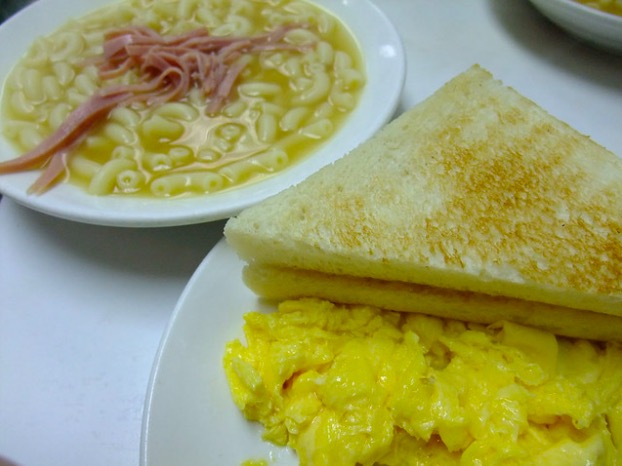
3. Mooncake
The importance of mooncakes have been traced back to the Yuan Dynasty (1279-1386). At that time, China was ruled by the Mongols and secret messages were often stuffed into mooncakes to be passed around. This period also marked the beginning of a tradition that has continued to this day; whereby mooncakes are consumed during Mid-Autumn Festival. In Hong Kong, mooncakes begin to go on sale each year around August and they are shared among family members, friends and even work colleagues. The traditional mooncake is made with a thin crust that's filled with thick lotus seed paste and a salty egg yolk in the very center of the mooncake. These days, though, mooncakes are filled with everything from chocolate to ice cream. However, mooncakes are always distributed during Mid-Autumn festival to symbolize wholeness, eternity, good luck and a strong bond between families and friends.
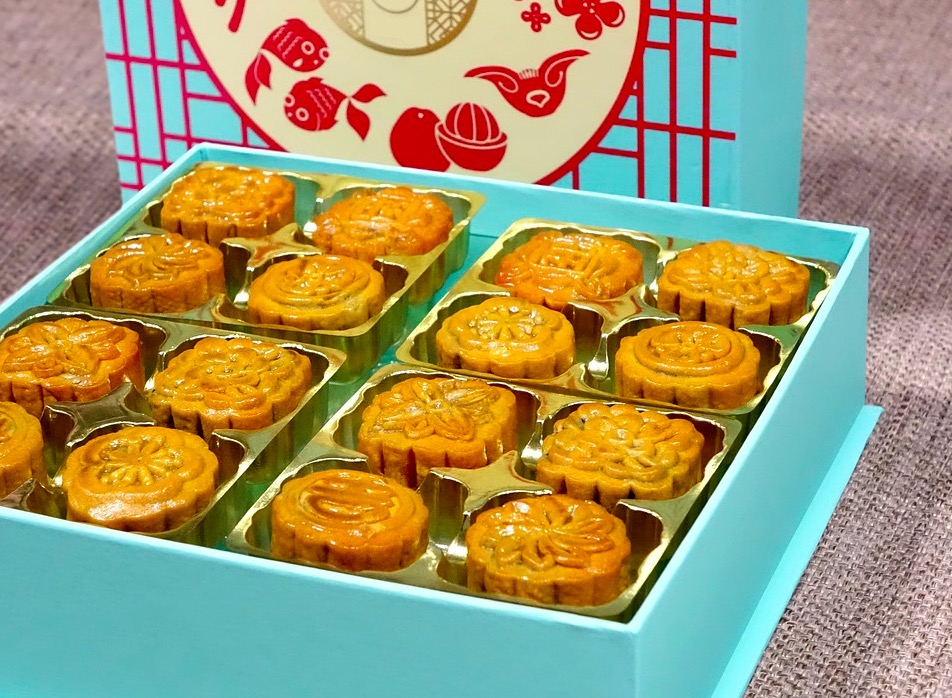
4. Tang Yuan
Tang Yuan is traditionally consumed during Lantern Festival and consists of a sweet 'soup' with round, glutinous balls within. The word Tang Yuan translates loosely into soup balls, which aptly describes the ingredients of this traditional treat. However, the word Tang Yuan also sounds like the word Tuan Yuan, which means union. Because of this, Tang Yuan is often consumed during weddings, family gatherings and even during Winter solstice. Initially, Tang Yuan was officially called Yuan Xiao - a name that was made official after 1368 when the Ming Dynasty began. However, in southern China, the name was changed around 1912 because many people didn't like the sound of it. The round balls within the sweet broth are usually filled with sesame, red bean or peanut pastes. They can also be deep fried for additional crunch and flavour.
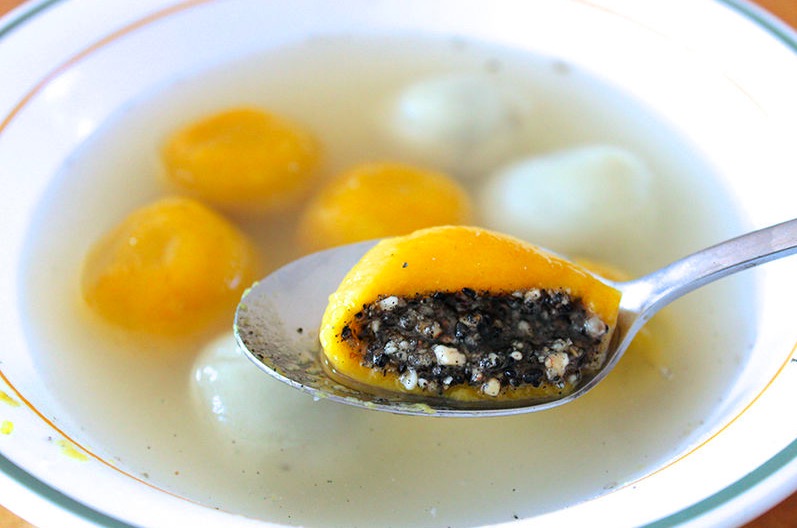
5. Yuen Yueng
While not strictly a food item, Yuen Yueng is a wonderfully specific and delicious local drink that also traces its roots back to colonial Hong Kong. Essentially, Yuen Yueng is a mix of Hong Kong-style milk tea (7 parts) and coffee (3 parts). It is said that during Hong Kong's colonial era, local British and Chinese citizens wanted a stronger, more-caffeinated version of Hong Kong milk tea. Thus, Yuen Yeung was created! The name Yuen Yueng references mandarin ducks, a species where the male and female look starkly different from one another. Like Yin and Yang, the two ducks represent seemingly incompatible opposites coming together as a harmonious whole. In the same way, Hong Kong milk tea and coffee -two ingredients that don't seem to work together- are actually combined to form this delicious beverage.
